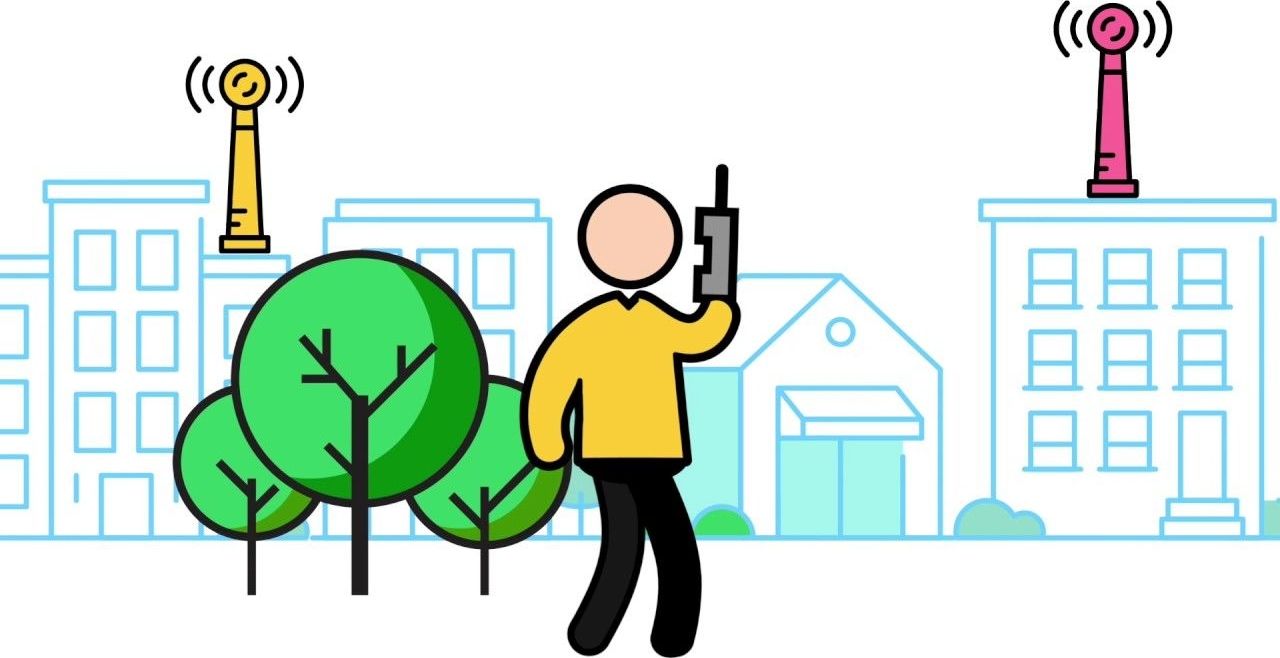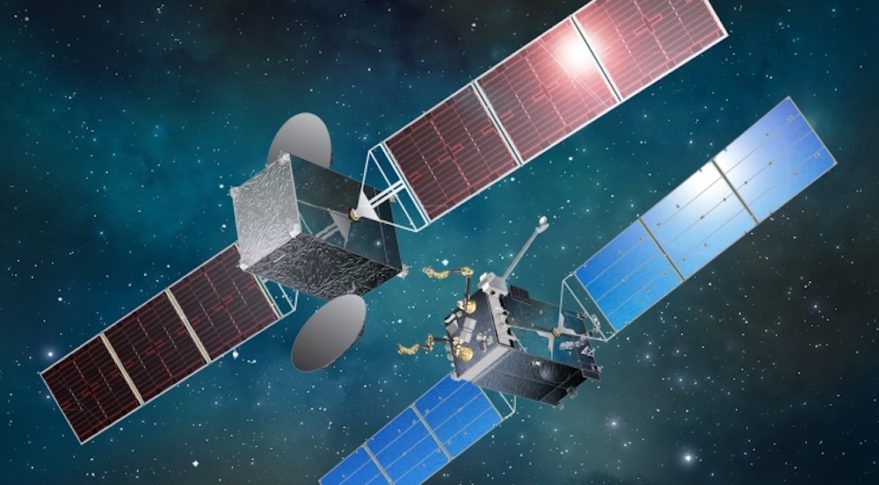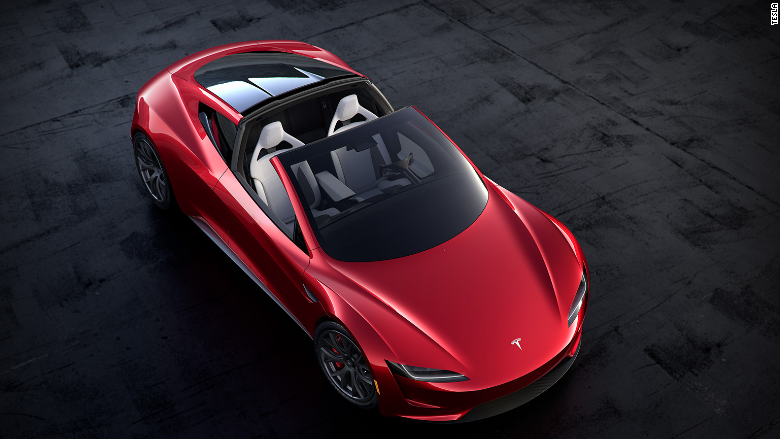Page 9157
Nov 20, 2017
On-orbit satellite servicing: The next big thing in space? — By Sandra Erwin | SpaceNews
Posted by Odette Bohr Dienel in category: space
“Technology has been developed to “approach, grasp, manipulate, modify, repair, refuel, integrate, and build completely new platforms and spacecraft on orbit,” he said. But the lack of clear, widely accepted technical and safety standards for on-orbit activities involving commercial satellites remains a major obstacle to the expansion of the industry.”
Nov 20, 2017
Tesla Roadster might fly — By Peter Valdes-Dapena | CNN Tech
Posted by Odette Bohr Dienel in categories: Elon Musk, solar power, space, sustainability, transportation
“Musk seems to be talking about something different, a sports car that could “hop” over obstacles. The emphasis would, presumably, still be on performance and practicality with four wheels on the ground.”
Tag: Tesla
Nov 20, 2017
Christiana Figueres Europe Regional Round Table—United Nations Environment Programme Finance Initiative (UNEP FI)
Posted by Odette Bohr Dienel in categories: environmental, finance, governance, innovation, policy, sustainability

“Former Executive Secretary to UNFCCC, Christiana Figueres has laid down a challenge to UNEP FI’s banking members, and the wider finance industry to increase their allocations to low carbon investments to avoid a 2 degrees scenario. Watch her recording which she made for participants at UNEP FI’s Europe Regional Roundtable on Sustainable Finance which took place in October 2017.”
Tag: Banking
Nov 20, 2017
Al Gore — Fiduciary Duty in the 21st century—Principles for Responsible Investment (PRI)
Posted by Odette Bohr Dienel in categories: business, economics, environmental, finance, governance, sustainability

“Former Vice President and Chairman of Generation Investment Management, Al Gore, introduces PRI, UNEP FI and The Generation Foundation’s Fiduciary duty in the 21st century programme. The project finds that, far from being a barrier, there are positive duties to integrate environmental, social and governance factors in investment processes.”
Nov 20, 2017
Fifty years since the first United Nations Conference on the Exploration and Peaceful Uses of Outer Space (1968 — 2018): UNISPACE+50 — United Nations Office for Outer Space Affairs (UNOOSA)
Posted by Odette Bohr Dienel in categories: business, environmental, governance, government, law, policy, science, space, space travel, treaties
“UNISPACE+50 will celebrate the fiftieth anniversary of the first United Nations Conference on the Exploration and Peaceful Uses of Outer Space. It will also be an opportunity for the international community to gather and consider the future course of global space cooperation for the benefit of humankind.
From 20 to 21 June 2018 the international community will gather in Vienna for UNISPACE+50, a special segment of the 61 st session of the Committee on the Peaceful Uses of Outer Space (COPUOS).”
Nov 20, 2017
VLT reveals dark, reddish and highly-elongated object
Posted by Andreas M. Hein in category: space travel
For the first time ever astronomers have studied an asteroid that has entered the Solar System from interstellar space. Observations from ESO’s Very Large Telescope in Chile and other observatories around the world show that this unique object was traveling through space for millions of years before its chance encounter with our star system. It appears to be a dark, reddish, highly-elongated rocky or high-metal-content object. The new results appear in the journal Nature on 20 November 2017.
On 19 October 2017, the Pan-STARRS 1 telescope in Hawai‘i picked up a faint point of light moving across the sky. It initially looked like a typical fast-moving small asteroid, but additional observations over the next couple of days allowed its orbit to be computed fairly accurately. The orbit calculations revealed beyond any doubt that this body did not originate from inside the Solar System, like all other asteroids or comets ever observed, but instead had come from interstellar space. Although originally classified as a comet, observations from ESO and elsewhere revealed no signs of cometary activity after it passed closest to the Sun in September 2017. The object was reclassified as an interstellar asteroid and named 1I/2017 U1 (‘Oumuamua) [1].
“We had to act quickly,” explains team member Olivier Hainaut from ESO in Garching, Germany. “‘Oumuamua had already passed its closest point to the Sun and was heading back into interstellar space.”
Nov 20, 2017
Why Longer Lives Thanks to Science Will Probably Not Create Cultural Stagnation
Posted by Steve Hill in categories: biotech/medical, life extension, science
You probably know the quote by Steve Jobs saying that death is life’s single best invention because it gets rid of the old and makes room for the new. This view is the core of another fairly common objection to rejuvenation, codename “cultural stagnation”.
Wouldn’t all those rejuvenated people, however physically young, be always old people “inside”, and drag everyone down with them into their anachronistic, surpassed ways of thinking, making it harder for fresh ideas to take hold, ultimately hindering social progress and our growth as a species? Maybe it’d be best not to take the risk, forget rejuvenation, and be content with old age as it is.
Well, try explaining to your grandfather that the reason he has to put up with heart disease is that we’re afraid people his age may all become troublemakers when you let them live too long.
Nov 20, 2017
There will soon be more plastic than fish in the ocean
Posted by Brett Gallie II in category: materials
Nov 20, 2017
Everything You Need to Know About 5G
Posted by Genevieve Klien in categories: internet, robotics/AI, virtual reality

Millimeter waves, massive MIMO, full duplex, beamforming, and small cells are just a few of the technologies that could enable ultrafast 5G networks.
Today’s mobile users want faster data speeds and more reliable service. The next generation of wireless networks—5G—promises to deliver that, and much more. With 5G, users should be able to download a high-definition film in under a second (a task that could take 10 minutes on 4G LTE). And wireless engineers say these networks will boost the development of other new technologies, too, such as autonomous vehicles, virtual reality, and the Internet of Things.















